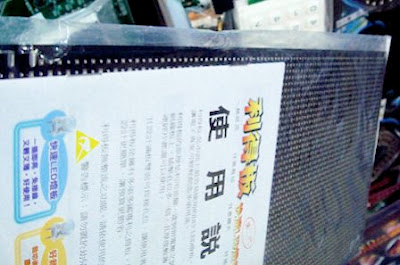BIG BRAIN WEB SITE UPDATES
As you may have noticed, Big Brain's Business web site is now a combination Blogger and Web Page. Over the course of time we will merge more functions to bring you the best of both worlds. This means lots of space, more pictures, increase in the number of live owned links, full Blogger archives and current updates, and features like the online web form added today (see Contact in the upper tabs). This unique site will have added materials for various topics worked on and explored at the Humanoido Labs. Interests include:
Artificial Intelligence
Academic Materials
Academic Materials
Robots
DIY Projects
DIY Projects
Humanoido Helpers
Creating Life
Exploring Cognizant Machine Beings
Autonomous & Learning Systems
Rocket Science & Space Exploration
Electronic Speech Synthecation
Digital Speech Recognition
Processor Programming
Parallel Systems
Super Computing
Supermicrocontrollers
Mechanics
Electronics
Optics
Space Time Relativity
Exploring the Universe
Exploration of the Unknown
Exploring the Universe
Exploration of the Unknown
Time Travel
Optoelectronics
Machine Intelligence
Inventions
Computing Machines
Physics & Science
Lunar & Planetary Cartography
Advanced Mars Studies
Writing
Advanced Mars Studies
Writing
Design Work
Creating Electronic Brains
Creative Projects
Telescopes
Observatories
Astro Imaging
Advanced Research
Future Designs
Language Systems



























